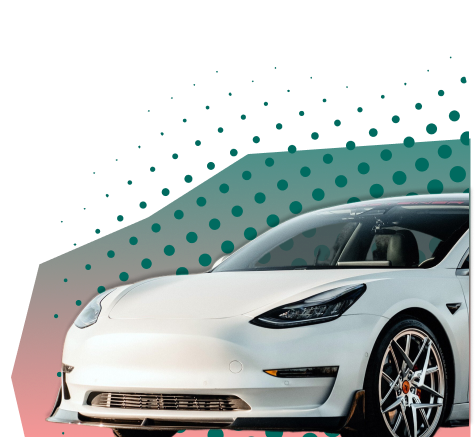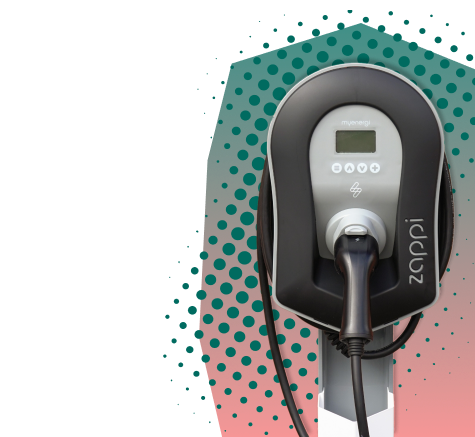Current state of affairs of EV batteries
The accelerated efforts towards a wide-spread adoption of electric vehicles is truly revolutionizing the way we think and use transportation every single day. Electric Vehicles are becoming not only more popular, with many new models being released each year, but they’re also on their way to reach parity with ICE-powered cars, in terms of range and price. But something has to power this electric revolution – something that has been recently a topic of many discussions. What are we talking about? Well….batteries of course!
So, why are batteries such a hot topic recently? There are a few different reasons for that. From the demand for batteries for electric cars to how they’re made and if they can be recycled, Storm4 decided to take a deeper look at the battery market and the possible challenges ahead.
 So, will it be smooth sailing, or a roller coaster?
So, will it be smooth sailing, or a roller coaster?
To begin, let’s have a look at what a typical battery for use in electric vehicles is made of. Currently, almost all of them are lithium-ion batteries, similar to the ones in your mobile phone, laptops and any other appliance.
As of now, only three countries manufacture the majority of battery supply – China, Korea and Japan together account for 92% of the total supply. China produces over three-quarters of all lithium-ion batteries and holds 70% of production capacity for cathodes and 85% for anodes. They also hold half of lithium, cobalt and graphite processing and refining capacity. Majority of electric vehicles manufacturers, be it start-ups or OEM’s are highly dependent on batteries supplied by China. According to McKinsey, with the current demand for EV’s, Europe will have to build an estimated 24 new battery giga-factories to supply local passenger EV battery demand.
The introduction of the Inflation Reduction Act in the US prevents cars containing technology from a “foreign entity of concern” from receiving consumer incentives, making them more expensive. But Europe is highly dependent on China when it comes to batteries, and it can pose a significant challenge if the supply chain will be broken.
Another important threat when it comes to batteries is the rising cost of raw materials, as well as their scarcity. Majority of lithium is located in only a few different places around the globe, and the current political situation has impacted the prices of it, which in return is pushing the costs of battery manufacturing.
Additionally, Lithium mining has come under a lot of criticism in the recent years. Not only because it can be dangerous for the environment with the extraction process and refining, but also because it affects communities and jeopardizes their access to fresh water and fertile soil.
But considering the demand that comes with the acceleration of adoption of electric vehicles, it appears that the capacity of mining and manufacturing is not enough to supply the electric revolution. As said by Brian Menell, chairman and CEO of TechMet in an interview with Forbes magazine: “We simply won’t fulfill demand by 2035. average the miners are getting the material out of the ground at half the speed the lithium-ion battery and EV industry needs it. This may improve over this decade but demand for electric vehicles will not be satisfied—or reach a stable mature industry level—until we enter the 2040s.”
That’s why manufacturers are slowly starting to experiment with new chemistries to make batteries. More companies outside China are looking into the development of sodium-ion batteries — an alternative to lithium-based batteries — as well as LFP, which is a type of cathode that does not use nickel and cobalt. Future EVs, so those that will arrive after 2025 could potentially shift to sodium ion or lithium sulfur battery cells that could be up to two-thirds cheaper than today’s lithium ion cells. Many turn their eyes on solid-state batteries, with carmakers such as Toyota, Hyundai and Honda filling the most patents for this technology – with Toyota planning to launch their first solid-state battery EV in 2025.
As more batteries reach their end-of-life-cycle, there is a greater need for recycling of the components used to make them, including the raw materials. But that will require a change in the manufacturing process, because the way most batteries are made right now means they’re very hard (or even dangerous) to recycle. In the future, recycling will be an essential strategy in sustainable, secure, and affordable electrification.
So is it all doom for the battery market? Well, not necessarily. According to various prognosis, the rising cost of batteries will not derail near-term adoption of electric vehicles, because the same factors that have a significant impact on the prices of raw materials necessary for batteries are driving up the prices of gasoline and diesel. Patenting of new chemistries will shorten the demand for pricy raw materials, bringing the manufacturing costs down. When manufacturers will find a way to overcome these barriers, the move of electric vehicles into the mass-market will accelerate rapidly.
Battery-related technologies will continue to see advances as more innovators enter the market and the industry continues to expand and mature. As leaders in Energy Storage Recruitment market, we know that only the start-ups with a successful team behind them will bring these energy storage technologies to mark their contribution towards a sustainable future. For any hiring support or talent advice, do not hesitate to get in touch with us today!











